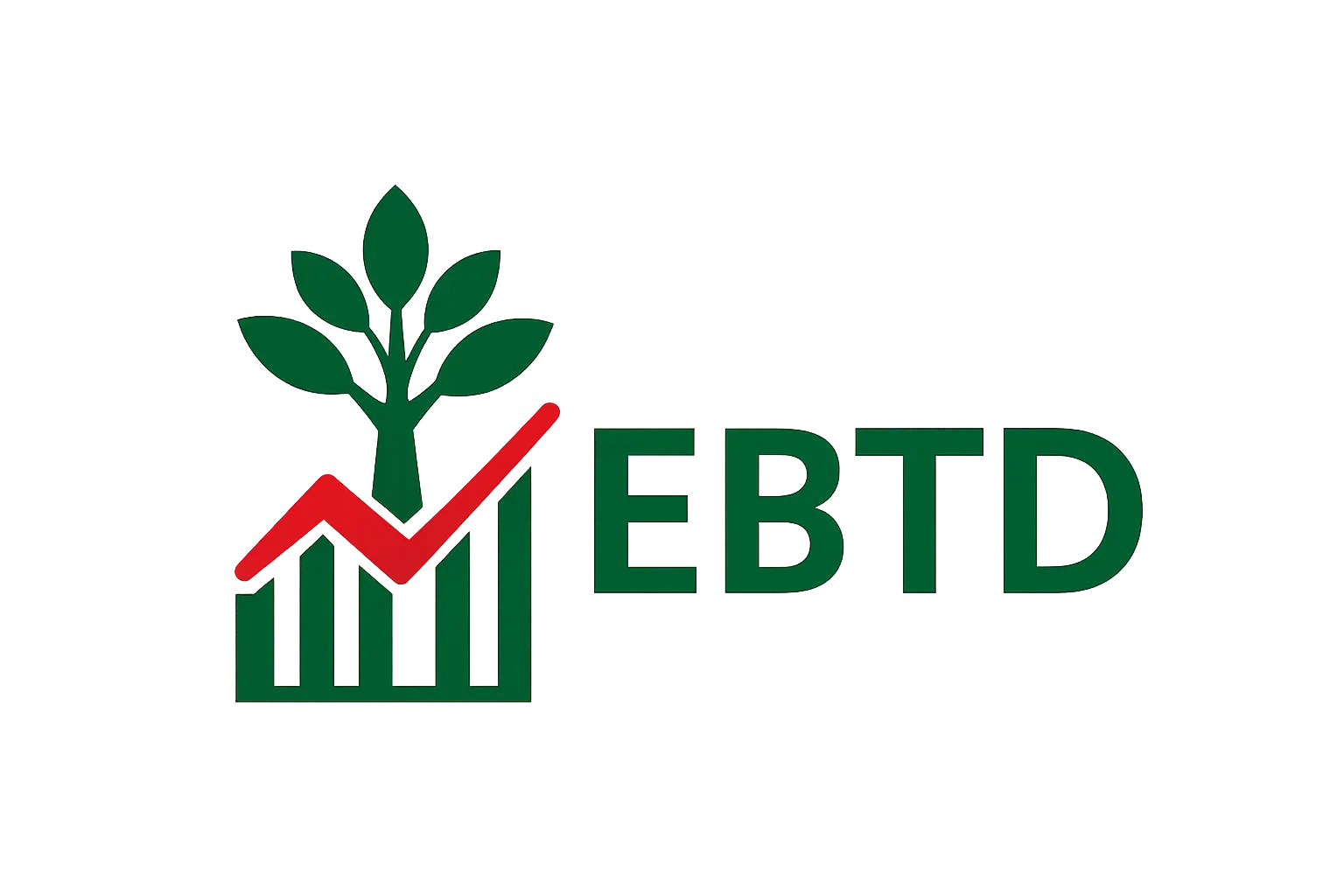In this episode of the EBTD Research Bites, we examine how the Education Endowment Foundation’s updated guidance on Metacognition and Self-Regulated Learning (MSRL) can be applied practically in Bangladesh (BD) classrooms.
This episode is based directly on the EEF’s official guidance report:
EEF Metacognition & Self-Regulated Learning Guidance Report
https://educationendowmentfoundation.org.uk/education-evidence/guidance-reports/metacognition
We strongly encourage all teachers, leaders and teacher trainers to explore this report alongside the podcast.
What this episode covers
Drawing on evidence from 355+ international studies, this session explores how metacognition can move from theory into everyday classroom practice in Bangladesh’s exam-driven context.
You will learn:
• What metacognition and self-regulated learning really mean for Bangladeshi classrooms
• The three types of metacognitive knowledge all students need
• The EEF’s seven-step teaching sequence explained simply
• Why modelling your thinking aloud has such a large impact on learning
• How to structure metacognitive classroom talk in large classes
• How to balance challenge and cognitive load in exam-focused lessons
• How exam wrappers help students become more independent learners
• What school leaders can do to embed MSRL across whole-school practice
Why this matters for Bangladesh
In Bangladesh, teachers often work with:
• Very large class sizes
• Intense exam pressure
• Strong reliance on private tuition
• Limited teaching resources
This episode shows how metacognition can help build independent, strategic learners who rely less on coaching centres and more on their own thinking — without adding extra workload for teachers.
Key EBTD Resources on Teaching & Leadership in Bangladesh (BD)
Guide to Better Assessment (Research Hub):
https://www.ebtd.education/research-hub-free-teacher-resources/guide-to-better-assessment/
Teacher Training Bangladesh:
https://www.ebtd.education/teacher-training-bangladesh/
Leadership Training Bangladesh:
https://www.ebtd.education/teacher-leadership-bangladesh/
EBTD Research Hub:
https://www.ebtd.education/research-hub-free-teacher-resources/
